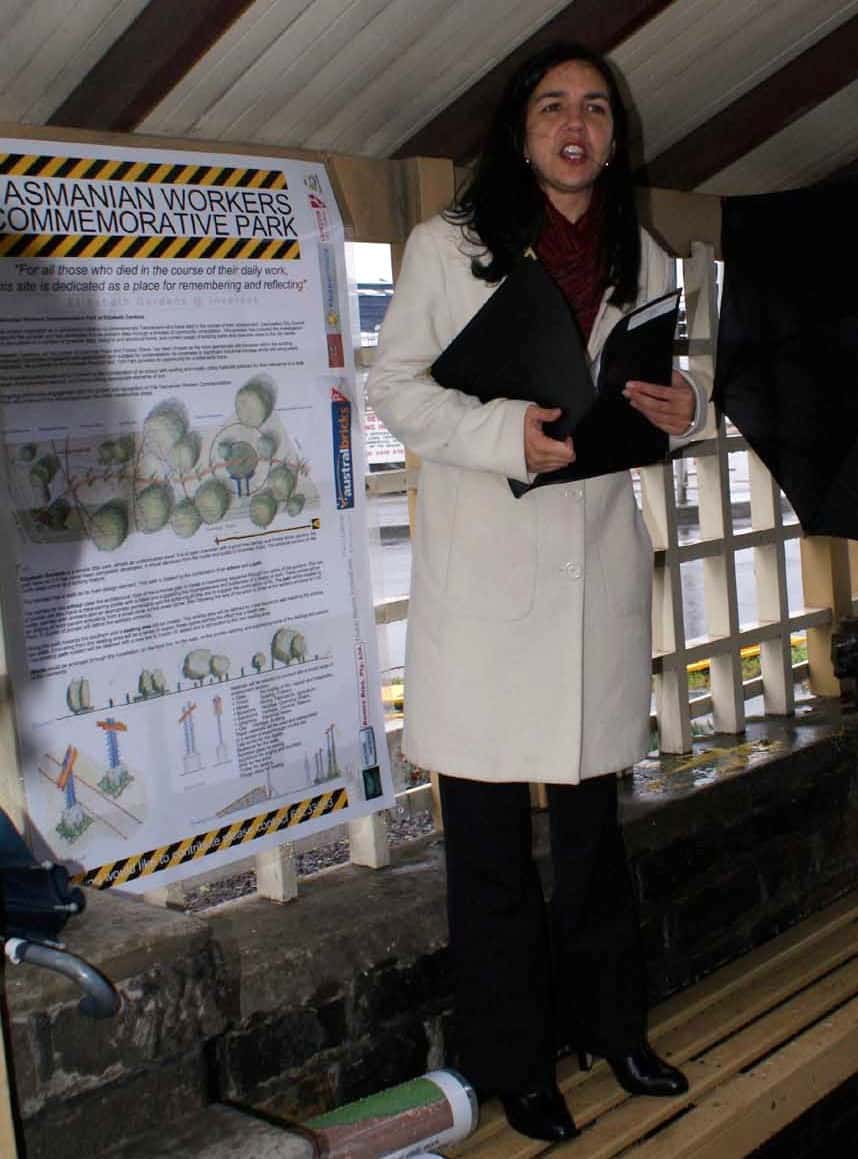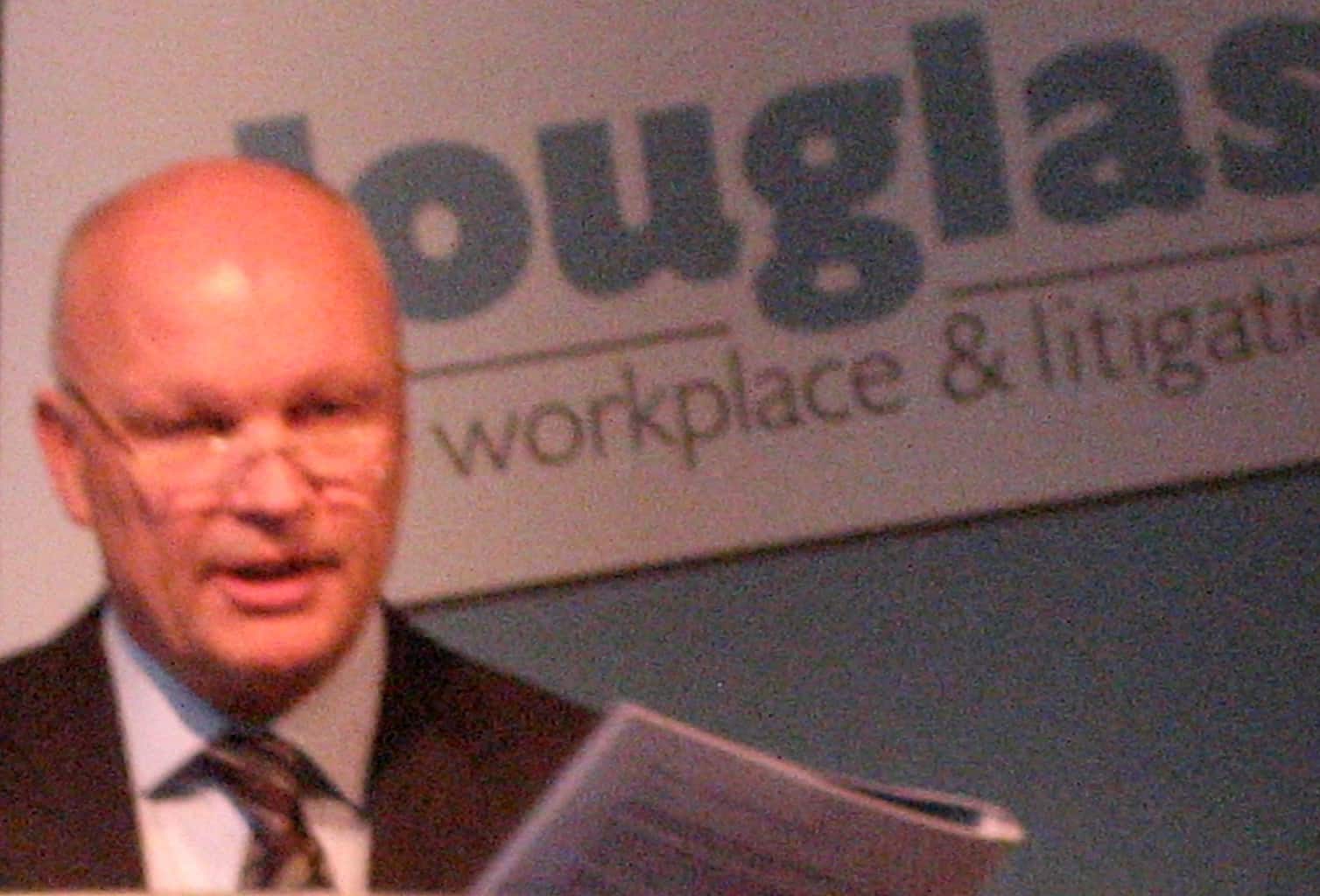SafetyAtWorkBlog has received several enquiries around the Share Solutions mentioned in an August 5, 2009 blog posting. Coincidentally overnight WorkSafe Victoria released one of its “Health and Safety Solutions” dealing with falls through cellar trapdoors in the hospitality industry.
For those of the “Youtube generation” the video below shows the risks of not controlling the hazard of an open cellar door.
Information distribution
This latest is a good example of how good old ideas can be updated, but it would still be good to see such solutions “harmonised” through a national process and disseminated more widely that relying on business finding these items on the website.
It is understood that WorkSafe believes that the OHS professionals are an important medium for this type of information, and this mention in SafetyAWorkBlog perhaps illustrates that strategy. Looking at the websites of some of the OHS associations in Australia, none seem to be lining through to new WorkSafe content or reproducing the content on their own sites for their members. The commercial sites are doing the work for regulators and the associations and funding their activities through advertising.
This certainly makes a low cost distribution model for WorkSafe but one that is short-sighted and of questionable sustainability.

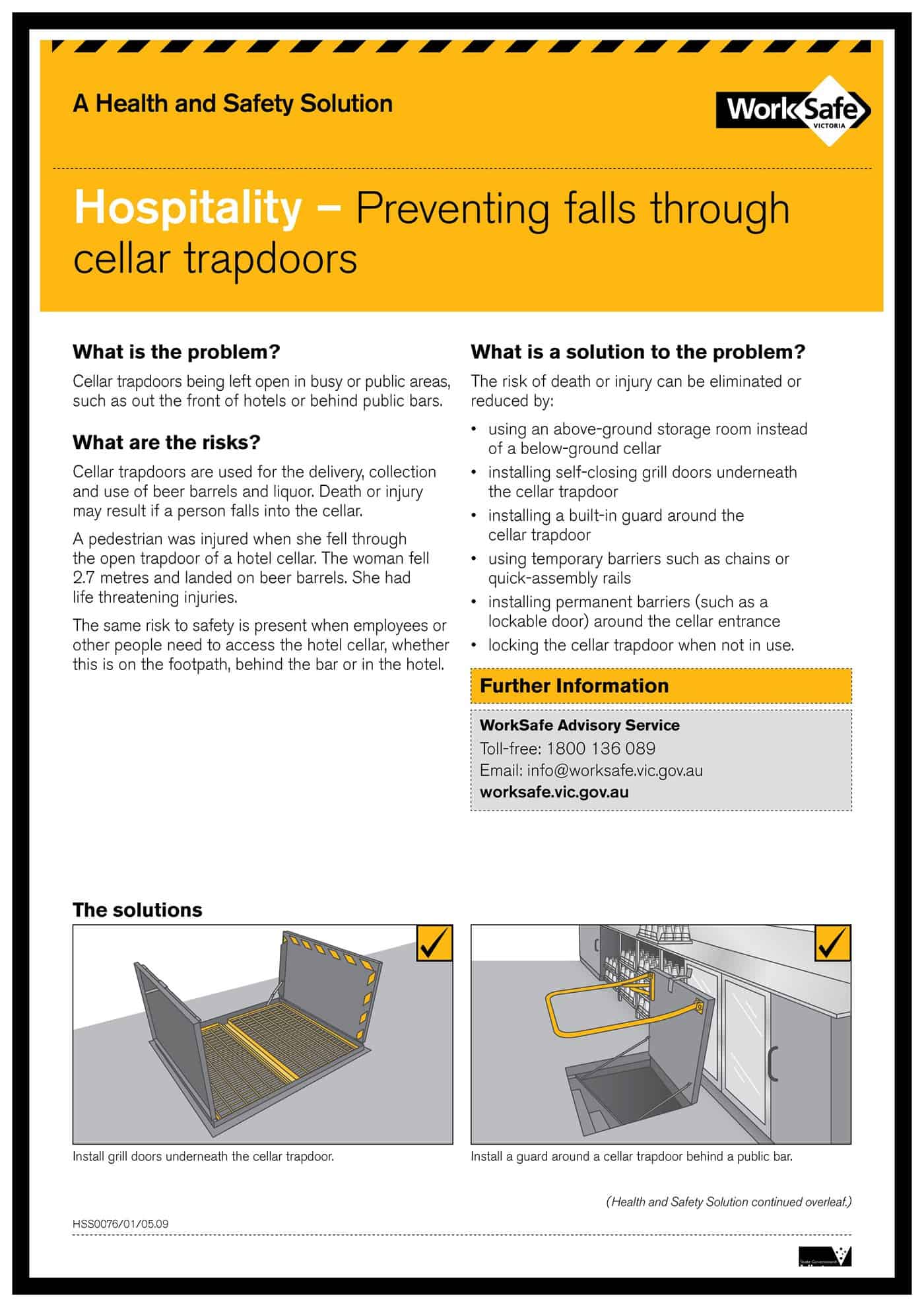
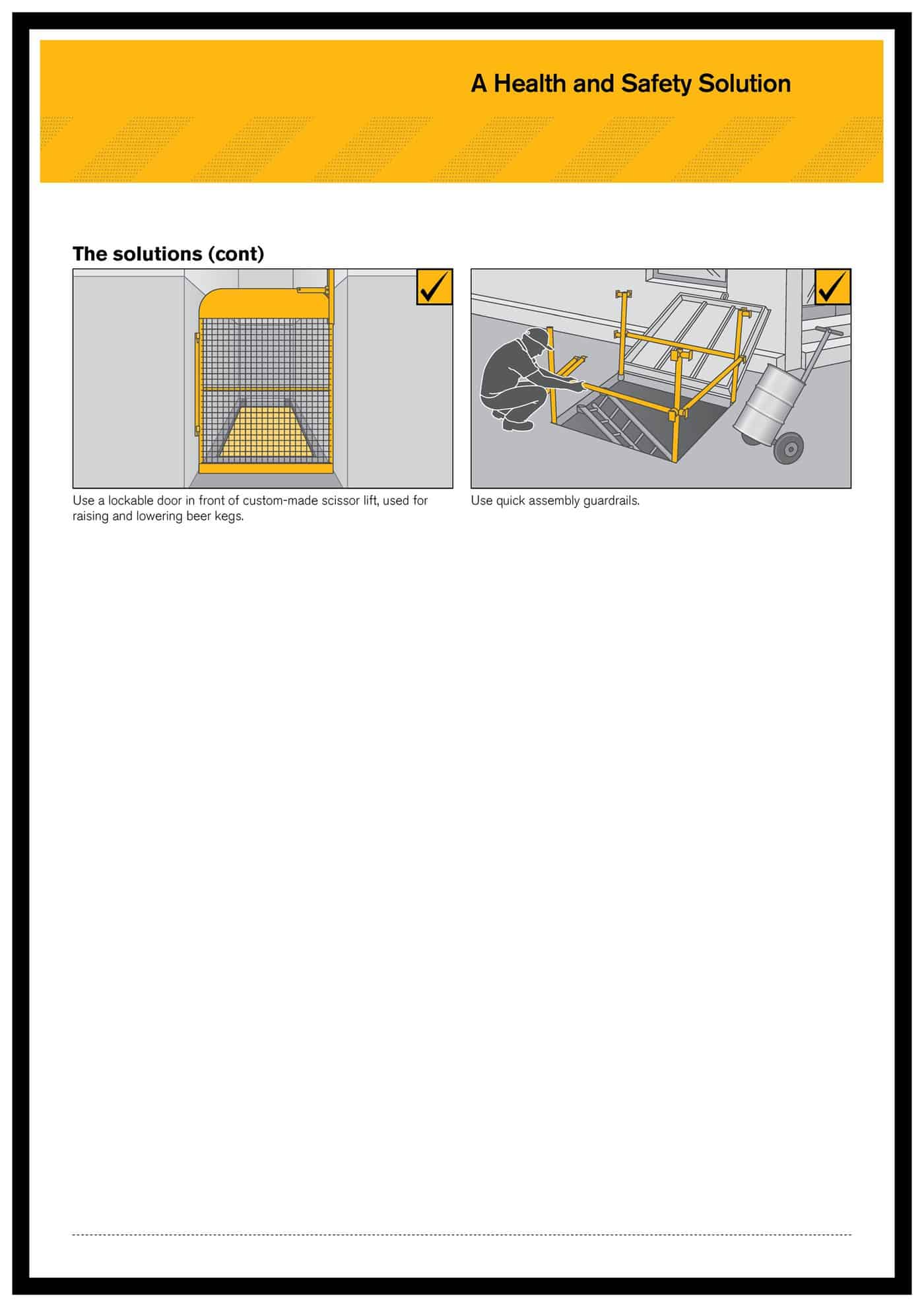
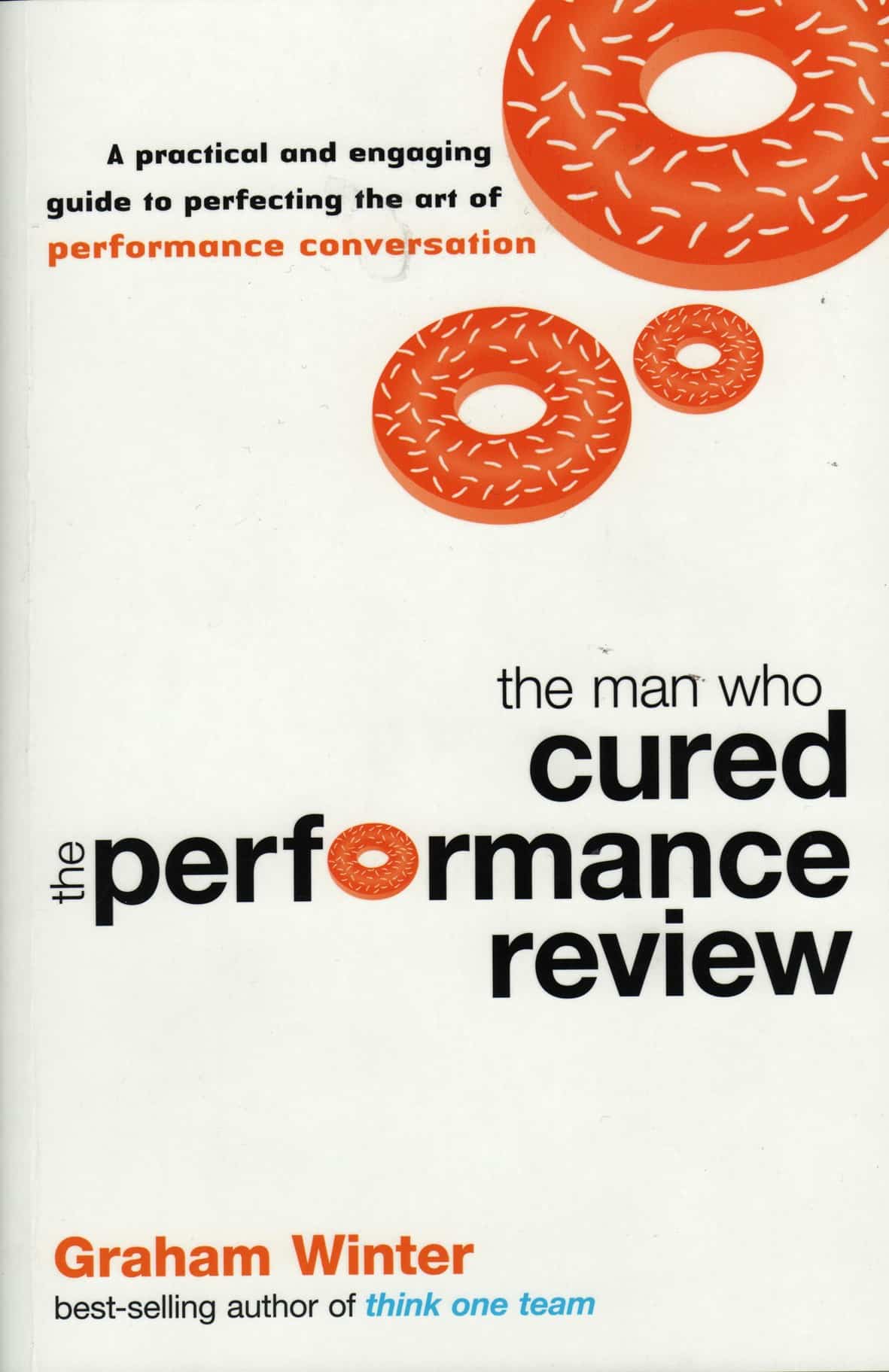 who was the chief psychologist for the Australian Olympic team and is now an author and business adviser. In August 2009 he has a book released entitled “The Man Who Cured the Performance Review”.
who was the chief psychologist for the Australian Olympic team and is now an author and business adviser. In August 2009 he has a book released entitled “The Man Who Cured the Performance Review”. “Telstra launches new smartphone to power workforce productivity
“Telstra launches new smartphone to power workforce productivity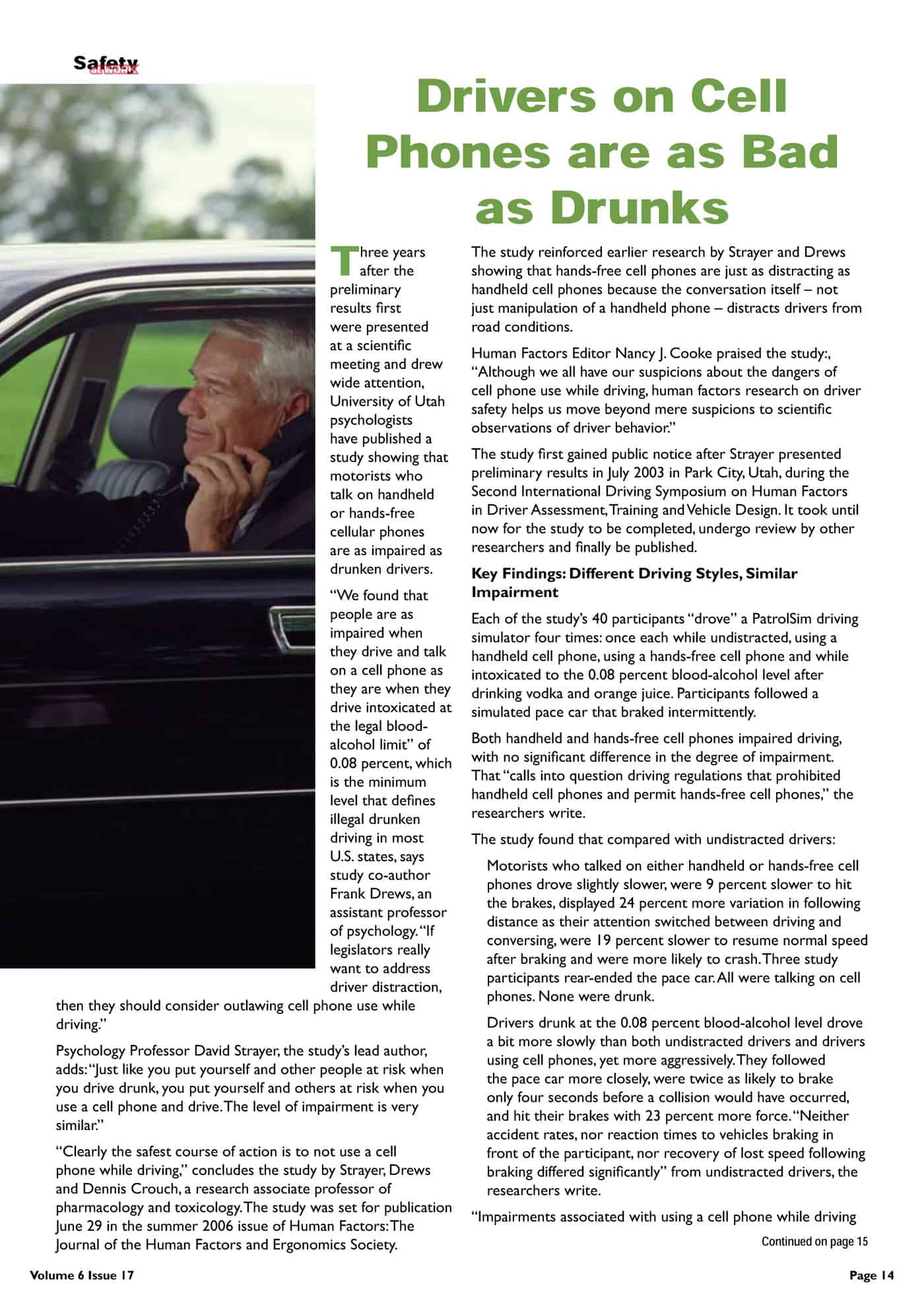 No US State has banned the practice because social use of mobile phones has become so widespread that any ban is impossible to enforce effectively.
No US State has banned the practice because social use of mobile phones has become so widespread that any ban is impossible to enforce effectively. The industrialised world, in particular, has been wrestling with the hazard of phones and driving for well over a decade. One
The industrialised world, in particular, has been wrestling with the hazard of phones and driving for well over a decade. One 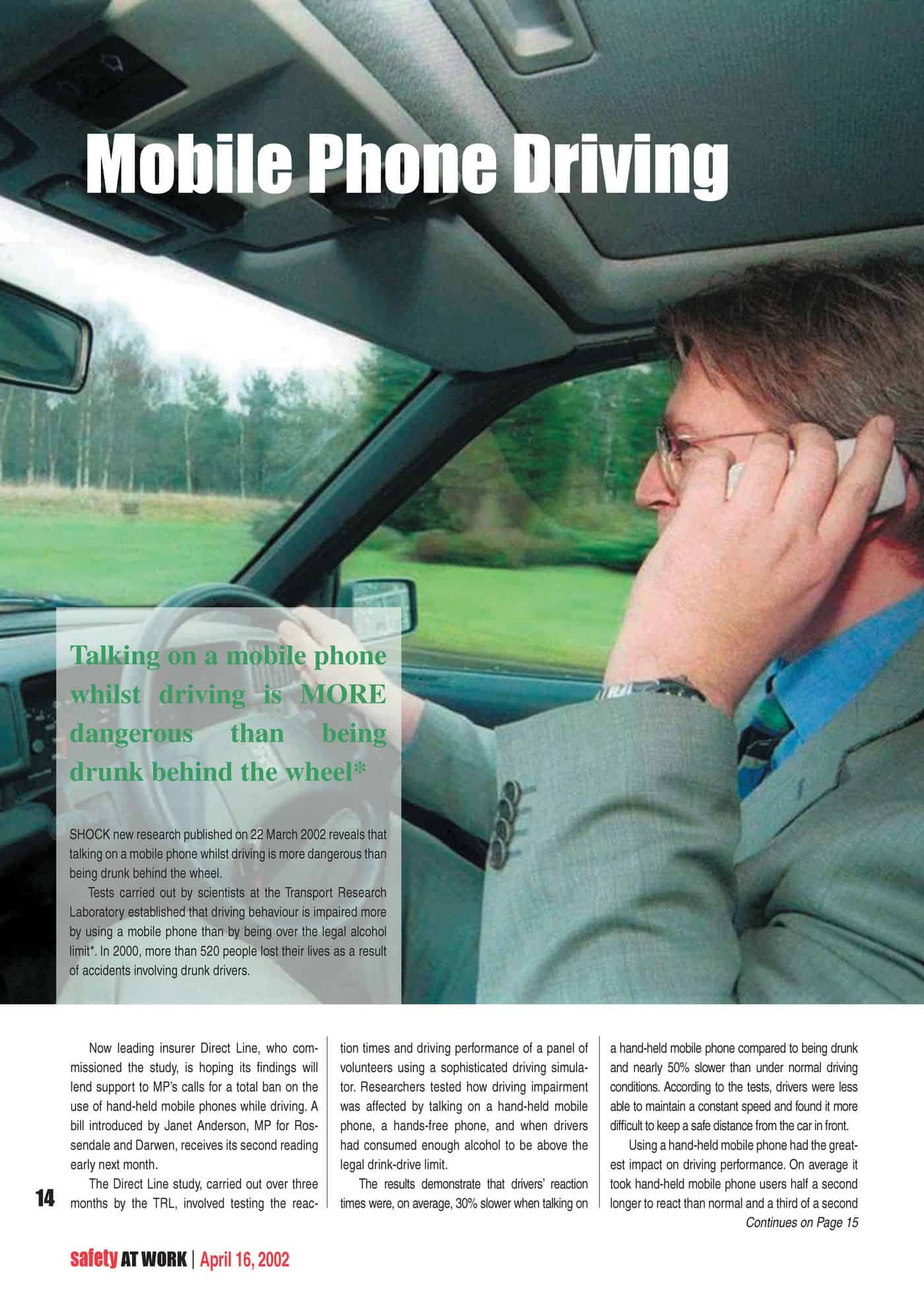 According to a 2004 report by the US National Highway Traffic Safety Administration reported by UPI (unable to find a link)
According to a 2004 report by the US National Highway Traffic Safety Administration reported by UPI (unable to find a link)
